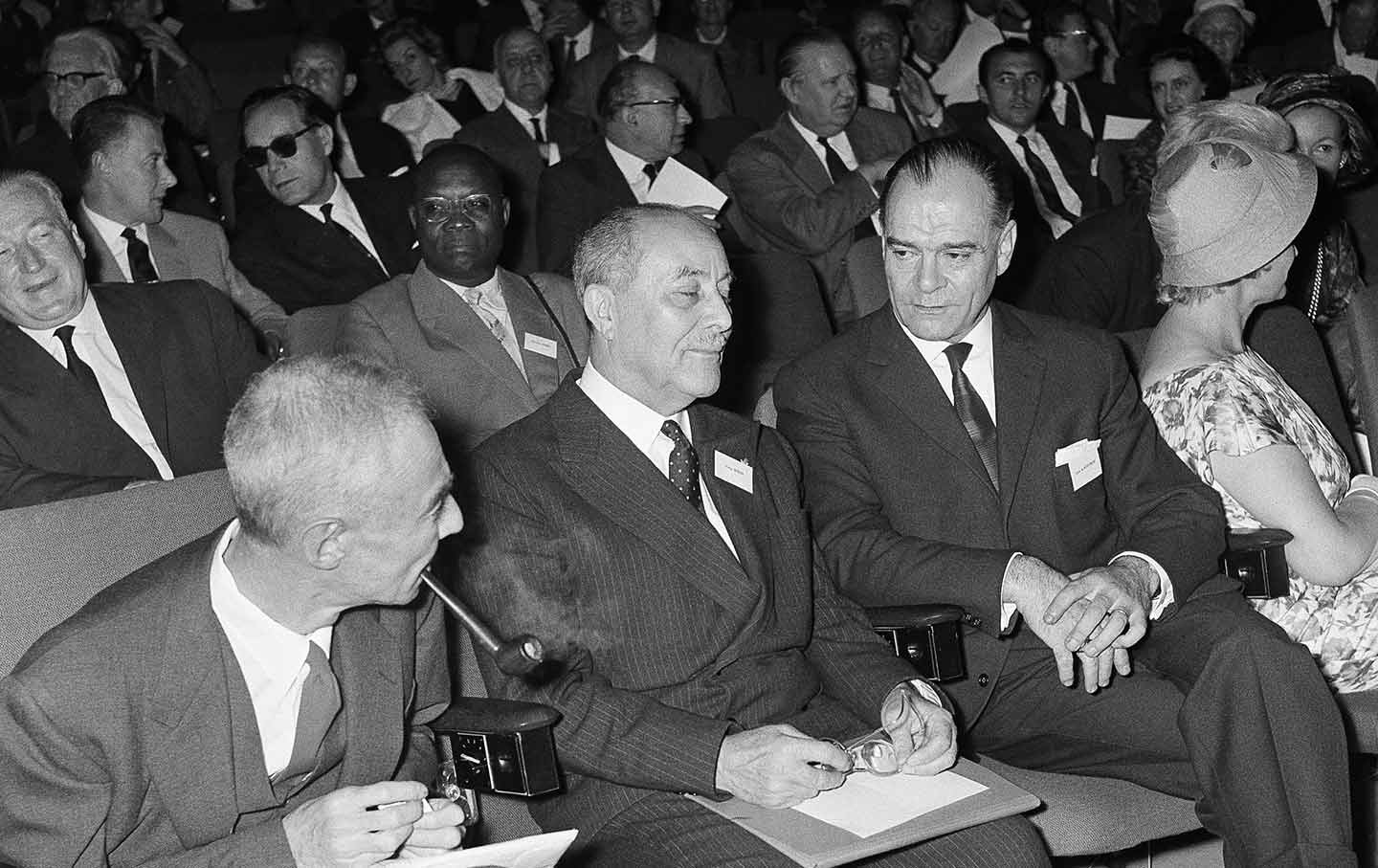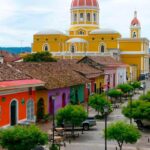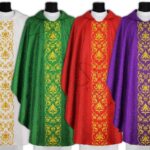The Cold War was not just a battle of military might and political power; it was also a fierce struggle for cultural supremacy. Amidst the backdrop of looming nuclear threats and ideological divides, a remarkable initiative emerged: the Congress for Cultural Freedom (CCF). This clandestine organization redefined how literature could be wielded as a weapon in the fight against communism. It brought together writers, artists, and intellectuals from around the globe to promote democratic values through culture. But what motivated its formation? And what were the real implications of using literature in such a high-stakes game? As we delve into this fascinating chapter of history, uncovering secrets long buried beneath pages of literary works, we’ll explore how art became an essential front in the Cold War’s ideological battlefield.
Formation of the Congress for Cultural Freedom
The Congress for Cultural Freedom (CCF) emerged in the early 1950s, a time marked by intense ideological battles between the East and West. Intellectuals from various backgrounds felt compelled to respond to the growing influence of communism.
A group of writers and thinkers convened in Paris in 1950, laying the groundwork for this unique initiative. They sought not just to oppose totalitarian regimes but also to champion artistic freedom.
This gathering attracted prominent figures such as Arthur Koestler and Ignazio Silone, who shared concerns about cultural suppression under communist regimes. Their vision was clear: culture could be a potent weapon against oppression.
With funding primarily from the CIA, CCF aimed to promote democratic ideals through literature and arts across Europe and beyond. This partnership raised eyebrows but underscored their determination to impact global thought through cultural engagement rather than military conflict.
Purpose and Goals of the Congress for Cultural Freedom
The Congress for Cultural Freedom emerged as a response to the rising tide of communism in post-World War II Europe. It aimed to champion democratic values through cultural expression, particularly literature and the arts.
One of its primary goals was to promote intellectual freedom. The CCF sought to provide a platform for artists and writers who challenged authoritarian ideologies. By fostering a vibrant cultural scene, it hoped to counteract the influence of totalitarian regimes.
Another significant purpose was bridging divides between East and West. Through conferences, publications, and events, the organization encouraged dialogue among diverse thinkers. This exchange aimed at reinforcing shared democratic ideals while highlighting the importance of creative thought.
The CCF envisioned culture as a powerful weapon in ideological battles—one that could inspire resilience against oppressive forces worldwide.
The Role of Literature in the Cold War
Literature played a crucial role during the Cold War, acting as both a weapon and a refuge. Writers became voices of resistance against oppressive regimes, using their pens to challenge ideological boundaries.
Through fiction, poetry, and essays, authors explored themes of freedom and individuality. They painted vivid portraits of life under totalitarianism while promoting democratic values. This literary engagement offered insight into the human condition amidst geopolitical tension.
Moreover, literature was used strategically by governments to influence public opinion. The CIA funded numerous publications that aligned with Western ideals. These works aimed to counter Soviet propaganda effectively.
Writers like Albert Camus and George Orwell became symbolic figures in this intellectual battleground, inspiring readers worldwide. Their words transcended borders and ignited discussions about democracy versus authoritarianism.
In essence, literature emerged as more than art; it transformed into an essential tool for political discourse during one of history’s most turbulent eras.
Controversies Surrounding the Congress for Cultural Freedom
The Congress for Cultural Freedom stirred significant debate during its existence. Critics argued it was a tool of the CIA, designed to manipulate cultural discourse under the guise of promoting freedom and democracy.
This connection raised ethical questions about artistic integrity. Many artists feared their work could be co-opted for propaganda purposes. The tension between genuine expression and political agenda created rifts within literary communities.
Moreover, some accused the CCF of embracing elitism by favoring certain voices over others. The absence of diverse perspectives led to accusations that it only served Western interests.
As tensions escalated in various global contexts, debates intensified around who truly represented culture and freedom. These controversies highlighted the complexities surrounding art’s role in geopolitics during a time when every narrative seemed charged with meaning—and consequence.
Impact of the CCF on Literature and Politics
The Congress for Cultural Freedom (CCF) significantly influenced both literature and political thought during the Cold War. It provided a platform for intellectuals to explore themes of freedom, democracy, and resistance against totalitarianism. This was crucial in shaping public opinion.
Writers associated with the CCF often challenged prevailing ideologies through their works. They emphasized individual liberty, creativity, and human rights. Their narratives became tools for promoting Western values amid global tension.
Moreover, the CCF’s literary initiatives fostered cross-cultural exchanges between authors across continents. These interactions led to richer dialogues about art’s role in society.
In politics, the CCF’s efforts helped to redefine cultural diplomacy. Government support for artistic expression underscored America’s commitment to combating communism through soft power rather than military might. The legacy of this approach still resonates today as governments recognize culture’s influence on international relations.
Legacy and Lessons Learned from the Congress for Cultural Freedom
The Congress for Cultural Freedom left a distinct mark on the cultural landscape of the 20th century. It showcased how art and literature could be wielded as tools in ideological battles.
One of its key lessons is the power of intellectual discourse. Engaging writers, artists, and thinkers fostered a vibrant dialogue that transcended borders. Ideas became weapons against totalitarian ideologies.
Moreover, it highlighted the importance of funding in cultural movements. The CCF’s financial support enabled creative expression to flourish in environments often stifled by censorship.
Yet, it also posed questions about ethics and authenticity. When state interests intertwine with artistic freedom, what happens to genuine creativity? This remains a critical point for today’s cultural initiatives.
The legacy of this organization serves as both inspiration and cautionary tale for future generations navigating politics through culture.
Conclusion
The Congress for Cultural Freedom was a fascinating intersection of art and politics. It showcased how literature could be wielded as a tool in the grand narrative of ideology.
This initiative demonstrated that culture is not merely an aesthetic endeavor, but also a battleground for ideas. Writers and thinkers became crucial players in shaping public perception during turbulent times.
As we reflect on the CCF, it’s evident that cultural engagement remains vital today. The lessons learned about the power dynamics between art and authority continue to resonate within modern discourse.
Literature still holds sway over hearts and minds, influencing societal change much like it did during the Cold War era. The legacy of this congress prompts us to consider our responsibilities as consumers and creators of culture now more than ever.
FAQs
The Congress for Cultural Freedom (CCF) remains a fascinating chapter in Cold War history. It sheds light on how culture and literature played pivotal roles in international politics. As the CIA sought to counteract communist influence, it turned to writers and thinkers, effectively weaving art into the fabric of ideological warfare.
While there were controversies regarding its funding and motives, the impact of the CCF on both literature and political discourse is undeniable. Writers who participated often found themselves at a crossroads between artistic integrity and political agendas.
Lessons from this unique endeavor continue to resonate today as we navigate through cultural diplomacy in our globalized world.
FAQs
What was the Congress for Cultural Freedom?
The Congress for Cultural Freedom was an organization established during the Cold War by intellectuals with covert support from the CIA aimed at promoting liberal ideas against communism through culture.
Why did the CIA fund CCF activities?
The CIA funded CCF activities as part of its broader strategy to combat Soviet influence globally by showcasing Western democratic values through arts and literature.
Who were some notable figures involved with the CCF?
Notable figures included renowned authors like Arthur Koestler, Mary McCarthy, and Stephen Spender who contributed significantly to discussions about freedom in art.
What controversies surrounded the Congress for Cultural Freedom?
Controversies centered around its financing sourced from intelligence agencies which raised ethical questions about manipulation within cultural movements.
How did CCF impact contemporary literature or politics?
CCF influenced contemporary thought by fostering debates on freedom versus authoritarianism while also encouraging diverse literary voices that challenged oppressive regimes worldwide.

















